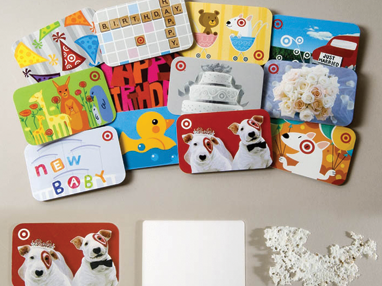
Tricking is a shortcut that erodes trust and stains your industry.
And it’s everywhere.
Creators are tricking
people into consuming their content. Movie trailers intercut dialogue from
different scenes, use music that isn’t on the soundtrack and show action
sequences that don’t make the final cut. But by the time you’ve paid for and
watched the film, it’s too late.
Companies are tricking
customers into buying.
Credit cards lead you to believe certain services are free and mandatory. And
you end up paying for costly, unnecessary amenities like payment protection and
credit monitoring. But by the time you’ve shelled out for the hidden fees, it’s
too late.
Websites are tricking
users into oversharing. Applications coerce you into signing misleading
agreements, bypassing privacy settings and revealing personal information. And
before you know it, they’re tracking and predicting your every move. But by the
time you’ve updated your status, it’s too late.
What’s scary is, the culprits of this trickery aren’t the
typical scammers, spammers and hacks.
Nigerian Prince Emeka Umtoku? I expect
trickery from him.
These examples come from real companies. Big ones. Public ones.
That’s their strategy for reaching you – a digital ruse.
The irony is, if you have to trick customers into buying,
using, viewing or sharing your product; you don’t deserve to be selling it in
the first place.









